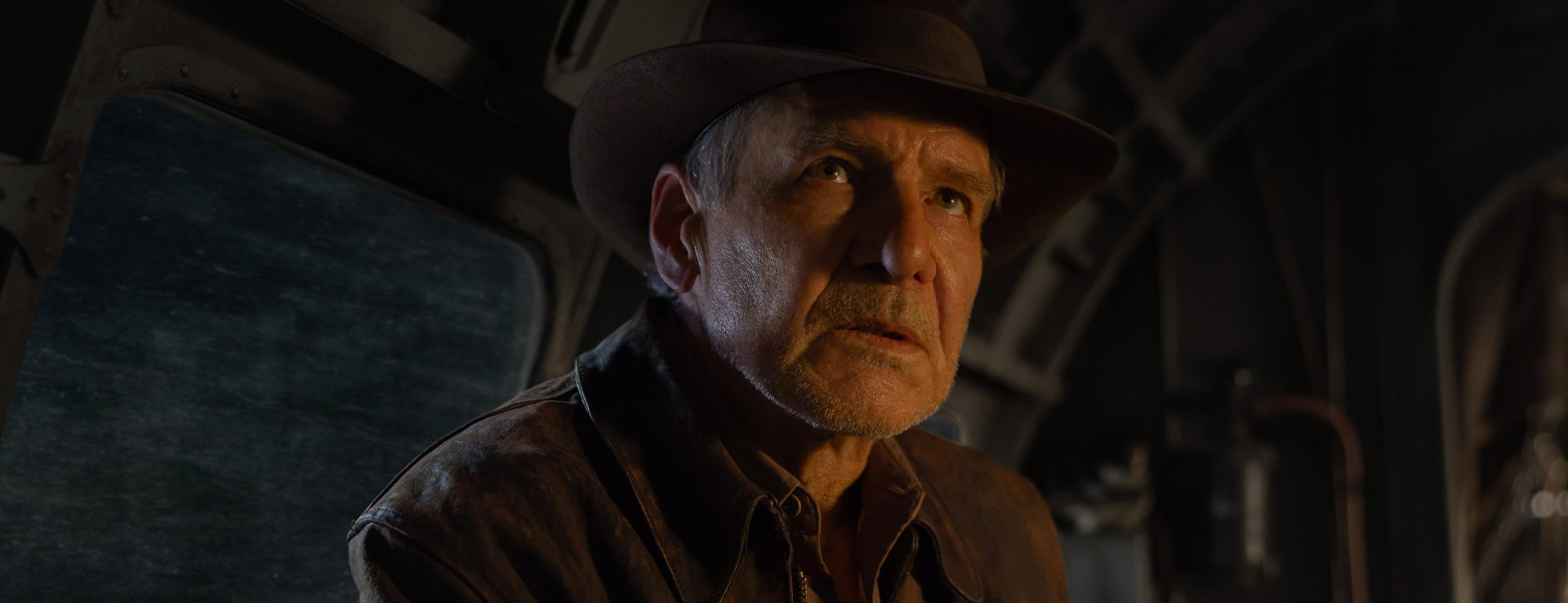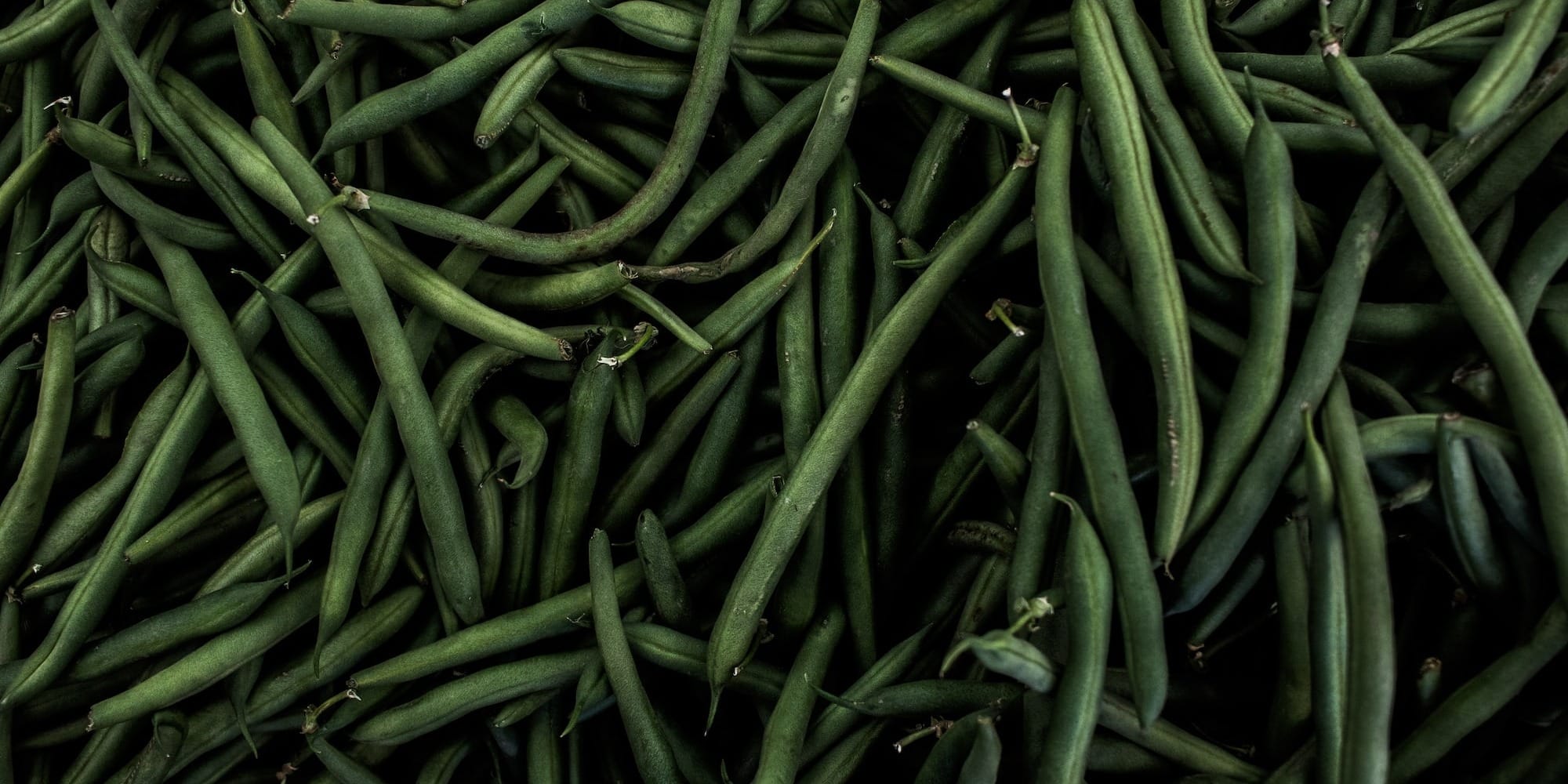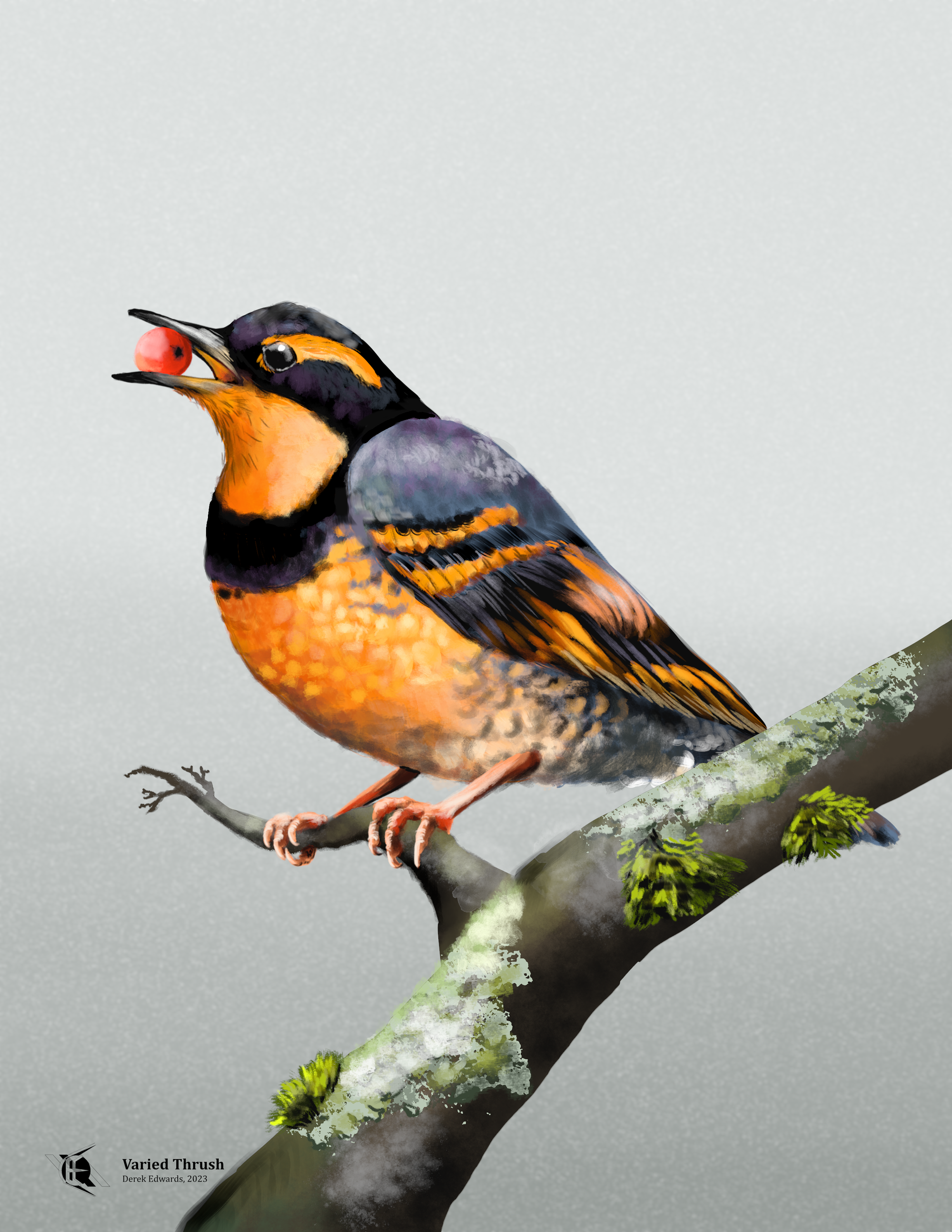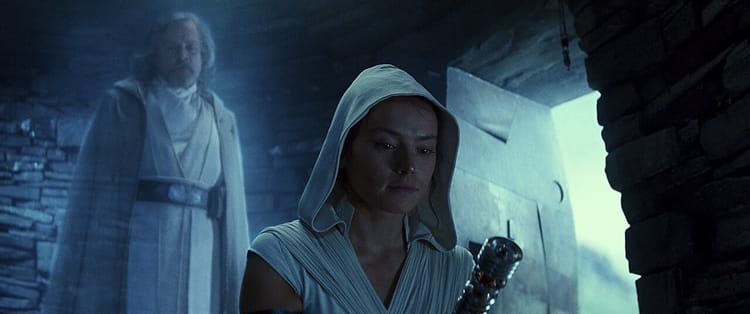
Running Commentary 12/11/2023
Hello,
First off, my Ahsoka review is almost done. For a long stretch there I actually didn't have the time to work on it, but I expect to have it posted in the next few days; it'll also be linked to in next week's newsletter.
Anyway...
Watching...

Indiana Jones and the Dial of Destiny
This film came out back in the summer, and it bombed, due to a mix of middling reviews, a very high production budget, and the broader issue of people not really going to theaters like they used to. But that's the studio's problem. Our problem as viewers is: is it a good movie. Having just seen it, I'd say yes. It's at least in the top three of Indiana Jones movies.
Indiana Jones and the Dial of Destiny is what's called a "legacy sequel", that is, a new entry in an old franchise. It's actually the second legacy sequel in the franchise, the first being 2008's Indiana Jones and the Kingdom of the Crystal Skull, and I think it's worth comparing this film with that one. That film was kind of desperate seeming. It came out when Harrison Ford's career first seemed past its heyday, it tried to bring in a successor character to take the franchise over if people liked him (they didn't), and it almost all happens in either the U.S. or the rainforest, which gets boring quickly compared to the famous globetrotting of earlier films. I don't hate Crystal Skull as passionately as some, but I don't really like it, and I think it fails at much of what it sets out to do.
Dial of Destiny I like, and I find largely successful. It's not as good as Raiders of the Lost Ark or The Last Crusade, but it ranks just above Temple of Doom in my mind. This film, in contrast with Crystal Skull, actually realizes that it's a legacy sequel, not a reboot. It's about Indy being an old man. It's about how the space age wasn't an era where people were still interested in archaeology. It's about Indiana Jones's adventures all having happened in the past and being over and done in a very meta way.
A lot of the poor reviews called this movie good enough but said it didn't capture the magic or live up to the legacy or earn the whip or whatever. I'm not going to make that kind of complaint. Indy movies have had ups and downs, and I've certainly seen worse than Dial of Destiny. Indiana Jones movies are always fun moreso than they're great cinema. This movie was fun, it was funny when it meant to be, it's exciting throughout. It's an Indiana Jones movie.
Phoebe Waller-Bridge's Helena Shaw I actually liked quite a bit. The trailer didn't serve her well, but out of franchise female leads, she's easily in second place behind Marion. I've only really seen Waller-Bridge in Solo besides this. (That's the other movie about a Harrison Ford character with her in it that bombed at the box office because it was too expensive to make but which is a perfectly fine watch.)
I have very few real complaints about Dial of Destiny: I do think breaking up Indy and Marion, even if only temporarily, was pointlessly mean. And maybe it's just the time of year, but I was reminded of The Polar Express by the opening sequence, what with the people scrambling on the roof of a train and having not-quite-correct-looking animated faces. But these are not pervasive problems. If you didn't see it in theaters, or were scared off by bad press, I'd give it a try now. 7/10
Eating...

Spicy Broiled Green Beans
In Szechuan Province, China, the people reportedly enjoy something called gan bian si ji dou, which is a dish of fried green beans, peppers, and a small bit of pork. I came across a recipe for gan bian si ji dou in the July/August issue of Cooks Illustrated, which is also on the America's Test Kitchen website. You can go there and fix that recipe if you want; I didn't really prepare that recipe. I looked at the ingredients and saw a bunch of things I didn't have. Not that I couldn't get them; I'm a 21st Century America, and, outside of potentially deadly things like pufferfish and Kinder eggs, there's not much in the way of groceries that I couldn't find somewhere if I really tried, and honestly the thing that threw me most was the three ounces of ground pork. I don't use much ground pork, so what would I do with the rest after using just three ounces for this? But the idea of chewy, roasted green beans still appealed to me, so I fixed those according to the directions and then made my own sauce trying to emulate the same flavors using things I had around the kitchen, and that dish turned out quite well. I won't call it gan bian si ji dou, because it's not that; it's not even a heavily Americanized version of it. But it is spicy broiled, and it's a good side dish that comes together quickly. Here's my recipe:
INGREDIENTS:
- 1 1/2 lbs. green beans
- 1 TBSP vegetable oil
- 2-3 cloves garlic, minced
- 1 TBSP bacon grease
- 2 TBSP Szechuan stir-fry sauce (I use House of Tsang brand)
- 1/2 tsp red pepper flake
- 1/4 tsp ground turmeric
- 1 tsp kosher salt
- 1 tsp sesame oil
PROCEDURE:
- Set the top rack of your oven 8 inches from your broiler element, then turn your broiler on.
- Toss beans, salt, and vegetable oil together in a bowl.
- Spread oiled, salted beans on a rimmed baking sheet and broil them for 10-15 minutes; when they're done, they will be limp, shriveled, and slightly charred at their ends.
- Return the broiled beans, still hot, to the bowl, and cover that with a plate; the beans will be further cooked in their own steam in there.
- In a wok or similar high-sided pan, melt the bacon grease on medium low heat, and use it to cook the garlic and pepper flake until fragrant.
- Add stir-fry sauce, turmeric, and beans, and cook on medium-high heat until sauce is cooked onto the beans.
- Transfer beans to a serving dish and toss with sesame oil.
- Serve immediately.

Bird of the Week
The Varied Thrush is a large North American thrush with an orange breast and a gray back; in this way it is very similar to the American robin. But, in many other ways, it seems to be the robin's opposite: where the robin spans the continent, the varied thrush is found only regionally; where the robin is adaptable, the varied thrush is dependent on specific habitats; where the robin is known for its happy, trilling song, the varied thrush is known for a single long, haunting whistle; where the robin is a friendly bird despite lacking interest in bird feeders, the varied thrush is known to visit feeders, but will flee at the sight of people; where all robins look much alike, male and female varied thrushes are immediately discernable; and where the robin is considered a sign of spring, the varied thrush is considered a sign of autumn.
The early 20th-Century ornithologist William Leon Dawson wrote of the varied thrush:
To have earned the right to speak appraisingly of the Varied Thrush...one must have lingered in some deep ravine...where spruce trees and alders and crowding ferns contend for footing, and where a dank mist drenches the whole with a fructifying moisture 1
He loves rain as a fish loves water. It is his native element and vital air...Dust motes have no charm for his eyes, and he will not mis-use his vocal powers in praise of the crackling leaf. But let the sun once veil his splendors, let the clouds shed their gentle tears...and our poet Thrush wakes up. He mounts the chancel of some fir tree and utters, at intervals, a single long-drawn note of brooding melancholy and exalted beauty. 2
To condense Dawson's pre-Hemingway writing style even more, the varied thrush is a bird of coniferous rainforests, so it's no surprise that its range is limited to the Pacific Northwest. Varied thrushes breed from the northeast corner of California up into Alaska. Canadian and Alaskan birds will travel down to eastern Washington and Oregon, California, and sometimes western Nevada for the winter; birds in western Washington and Oregon breed in montane forests and spend their winters in the lowlands.3 In any case, varied thrushes breed up away from large settlements of people, then come down closer to big cities where people see them. Hence, varied thrushes are sometimes called "winter robins".
Because of the remoteness of their nesting grounds, the origins of varied thrushes is less-known than those of many other songbirds. Much of our understanding comes from an expedition by Joseph Grinnell to Alaska in 1899. Grinnell–who would later become the editor of The Condor, a publication of California's preeminent ornithological society, where he published a report of his journey–travelled first to Sitka, where it was believed that varied thrushes mainly nested, then further up to the "Kowak Valley" (now called the Kobuk Valley, the site of a national park of the same name) where he was surprised to find the birds in much greater numbers. He found that they nested in spruce trees, after a season of competition between males; Grinnell described their fighting as "fierce for a thrush". Their eggs were blue, like a robin's, but heavily speckled with brown.4 The "Grinnell Method", his meticulous, four-stage process of recording field observations, has become the standard for note-taking among field biologists of all kinds. 5,6 (The Grinnell Method is not to be confused with the Grinnell System, an aggressive basketball offense strategy developed at an Iowa college named, ultimately, for Josiah Grinnell, a Vermont-born pioneer.)
The varied thrush is so named because it is various colors of slate-gray and orange; the classic polka-dotting of thrush breasts is still a bit discernable in the varied thrush, contrasting with the more solid-colored front of a robin. Male thrushes are more boldly-colored than females, which have less black and more brown. I have drawn a male; a female varied thrush can be seen in the first shot of the opening credits sequence of the Pacific Northwest-set television series Twin Peaks. 7 (That's not the only media project to feature the bird; a male varied thrush is depicted on the cover art for the joint-Seattle Audubon Society-NPR podcast BirdNote Daily)8
To science, the bird is Ixoreus naerius. The naturalist Johann Friedrich Gmelin first described it as Turdus naerius in 1789; that name means "spotted thrush"9, despite the fact that it's among the less-distinctly spotted thrushes. In 1837, J. J. Audubon depicted the varied thrush alongside a "mountain mockingbird" (now called the sage thrasher) in one of his famous bird paintings,10 and in 1854 Charles Lucien Bonaparte, noted American ornithologist and nephew to French emperor and, of late, film star Napolean Bonaparte, placed both birds in a new genus, Ixoreus, mistakenly believing that Audubon meant to imply the two species were closely related. Today, the varied thrush is still considered distinct enough from other thrushes to not be included in the genus Turdus; it is the only present member of the genus Ixoreus. On a festive note, the genus name comes from the Greek name of the plant from which Audubon depicted the birds eating berried: mistletoe.
- Dawson, William Leon. The Birds of California, Vol. 2. San Francisco, Los Angeles, San Diego: South Moulton Company, 1923., 769
- Dawson, William Leon. The Birds of Washington, Vol. 1. Seattle: The Occidental Publishing Co., 1909., 249
- Schutt, Janine. “The Varied Thrush Provides a Respite from the Winter Doldrums.” WestSound Magazine, December 20, 2018. https://wsmag.net/the-garden/2018-12-20/the-varied-thrush-provides-a-respite-from-the-winter-doldrums/.
- Grinnell, Joseph. “The Varied Thrush in Summer.” The Condor 2, no. 1 (1900): 5–7.
- St. John, Wendy. (2021, January 29). "The Grinnell Method of Field Journaling." Professor St. John’s instructional materials. https://wendystjohn.summerlark.net/2021/01/29/grinnell-method/
- Museum of Vertebrate Zoology. “The ‘Grinnell’ Method." n.d. https://mvz.berkeley.edu/history/the-grinnell-method/
- CBS. “Twin Peaks - Opening Credits Sequence,” May 12, 2008. https://www.youtube.com/watch?v=X2lkvrMa27c.
- Apple Podcasts. (2023, December 5). BirdNote Daily on Apple Podcasts. https://podcasts.apple.com/us/podcast/birdnote-daily/id79155128
- Jobling, J. A. (editor). The Key to Scientific Names in Birds of the World (S. M. Billerman et al. editors), Cornell Laboratory of Ornithology, Ithaca.
- Audubon, John James. “Mountain Mocking-bird and Varied Thrush.” The Birds of America. New York: J.J. Audubon, 1837., Plate 369. Accessed at https://www.audubon.org/birds-of-america/mountain-mocking-bird-and-varied-thrush
Curation Links
The Body Electric | Ferris Jabr, Outside
“In popular culture, to be hit by a bolt of lightning is to suffer extremely bad luck. Rain, snow, and hail are largely indiscriminate: within a certain radius, everything is drenched, blanketed, or pelted. A cloud-to-ground lightning bolt is different. It blazes a discrete path through the sky. It appears to have choice. When lightning hits a human being, a survivor must reconcile not only what happened but why it happened. Why me? For most victims, it is not the unforgettable horror of an agonizing ordeal that haunts them—many can’t even recall the incident itself; it’s the mysterious physical and psychological symptoms that emerge, often long after their immediate wounds have healed and doctors have cleared them to return to their normal routines. But nothing is normal anymore.”
Secrets of the Christmas Tree Trade | Owen Long, Curbed
“Christmas trees are big business in New York. A lot of people see the quaint plywood shacks that appear on sidewalks just before Thanksgiving, each with its own tiny forest of evergreens, and they imagine that every one is independently owned, maybe by jolly families of lumberjacks looking to make a few holiday bucks. That’s what I thought, anyway. In reality, a few eccentric, obsessed, sometimes ruthless tycoons control the sale of almost every single tree in the city. They call themselves “tree men,” and they spend 11 months a year preparing for Christmastime — which, to them, is a blistering 30-day sprint to grab as much cash as they can.”
Internet Vs Ocean | Jay Foreman & Mark Cooper-Jones, Map Men
[VIDEO] “Did you know that the internet is held together by a network of undersea cables? And did you also know that these cables can trace their origin back to 1850s? What has and hasn’t changed in the last 150 years may surprise you.” (ten minutes)
The Grinnell Method | Molly Gloss, Strange Horizons
[FICTION] “The peninsula was not more than two or three miles wide at its widest point, a twenty-five mile long finger of land trapped between the Pacific Ocean and Willapa Bay, built of sand washed north from the mouth of the Columbia River and then overgrown with conifer rain-forest which by now had become a patchwork of second and third-growth woodland interrupted by small farms and cranberry bogs and half a dozen villages. Oysterville sat at the end of a tarred plank road, the last human settlement. Beyond it a woodland of Western hemlock, jack pine, and spruce carried on for a little more than three miles before running out at the curved tip of the fingernail, which was Leadbetter Point. On the ocean side, the point was a world of shifting low dunes and tufted beach grass; on the bay side a rich estuarine marsh of pickleweed and arrowgrass, drowned and emptied twice each day by surging eight-foot tides. The whole of the point was a resting place for thousands of waterfowl and shorebirds during the spring and fall migrations, summer nesting grounds for plovers and snipes, and winter home to black brants and canvasbacks.” (Story is in two parts; the second is linked to from the first, which is linked to from here.)
See the full archive of curations on Notion






Member Commentary